The Health Risks Associated with Drain Moths and How to Mitigate Them
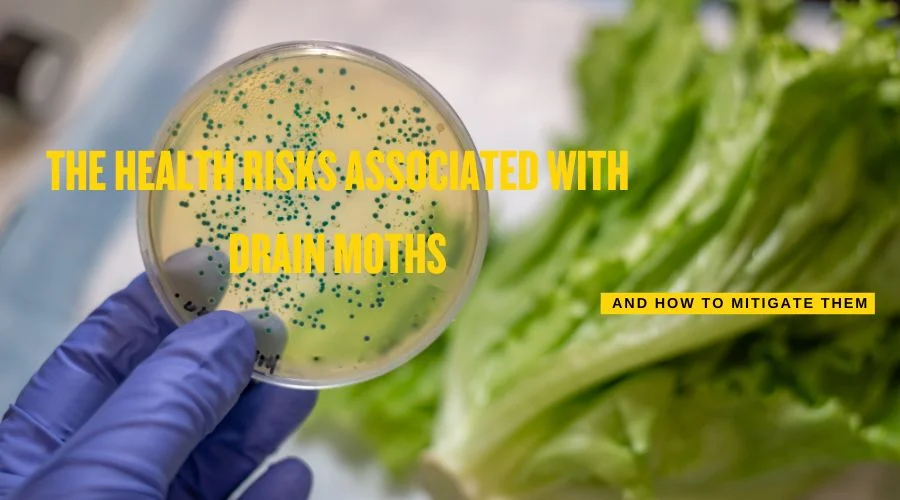
The Health Risks Associated with Drain Moths and How to Mitigate Them
Have you ever noticed tiny moth-like insects hovering around your sink or bathroom drains? Those are drain moths (also called sewer flies or sink flies), and while they might seem harmless, they can actually be a problem. These little pests breed in the gunk inside your drains and can carry bacteria from dirty areas into your home.
That means they could trigger allergies, respiratory issues, and even infections. But don’t worry! With just a few simple tools and easy steps, you can get rid of them and keep them from coming back.
Health Risks of Drain Moths
Drain moths don’t bite or sting, but they still pose health risks because they breed in unsanitary conditions. Here are the health risks associated with drain moths
- Spread of Bacteria and Pathogens – Drain moths often come into contact with decaying organic matter, which may contain harmful bacteria. When they move around your home, they can transfer these bacteria to food surfaces and other areas.
- Trigger Allergies and Respiratory Issues – Their tiny hairs and body fragments can become airborne, potentially irritating those with asthma or allergies.
- Contaminate Food and Water – If they infest kitchen sinks or food storage areas, they could introduce bacteria into what you eat and drink.
- Signal Underlying Hygiene Issues – A drain moth infestation can indicate excessive organic buildup in your drains, which could attract even more pests like cockroaches and flies.
Now that you understand the risks, let’s go over how to eliminate and prevent drain moths effectively.
Tools You Need
Before you start, grab these items to help clear out drain moths and their breeding grounds:
- Brush
- Enzyme-based drain cleaner
- Bleach (optional)
- Baking soda and vinegar
- Boiling water
- Rubber gloves
- Plunger
Step 1
Find Where They’re Coming From
The first step is to figure out where the drain moths are breeding. Check your kitchen sink, bathroom drains, floor drains, and any other spots with standing water.
If you see tiny worms (larvae) or adult moths flying around, you’ve found the source. Since these areas can harbor bacteria, cleaning them thoroughly is key to protecting your health.
Step 2
Deep Clean Your Drains
Now it’s time to get rid of the buildup where they lay eggs and prevent bacteria from spreading:
- Use a drain brush to scrub away any gunk inside your pipes.
- Pour equal parts baking soda and vinegar down the drain to break up debris and kill bacteria.
- Let it sit for 15 minutes, then flush with boiling water to wash everything away and kill larvae.
Step 3
Use an Enzyme-Based Drain Cleaner
For extra cleaning power, use an enzyme-based drain cleaner. These cleaners eat away at organic material inside the drain, removing the food source for drain moths and stopping bacterial growth. Follow the product instructions and let it work overnight for the best results.
Step 4
Keep Things Dry and Clean
Drain moths love damp places, so reducing moisture will help keep them away. Plus, standing water can be a breeding ground for bacteria. Make sure to:
- Wipe down sinks and counters regularly.
- Fix any leaky pipes or dripping faucets.
- Keep drains from holding standing water.
- Use a dehumidifier in humid areas to control moisture levels.
Step 5
Maintain Your Drains to Prevent Future Infestations
To make sure drain moths don’t come back and to keep bacteria from building up again, add these simple habits to your routine:
- Pour boiling water down your drains once a week to kill bacteria and larvae.
- Use baking soda and vinegar once a month to keep pipes clean and free from harmful buildup.
- Regularly use an enzyme-based drain cleaner to break down organic matter before it becomes a problem.
Green Gobbler – Drain Cleaner & Deodorizer Sticks 12 Packs
14 reviews Original price was: $24.50.$19.75Current price is: $19.75.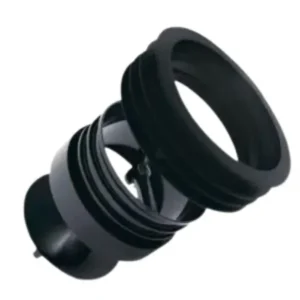

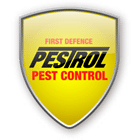



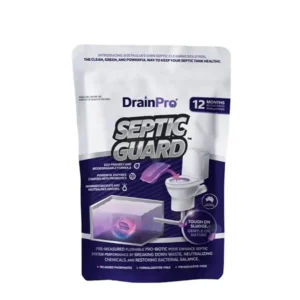
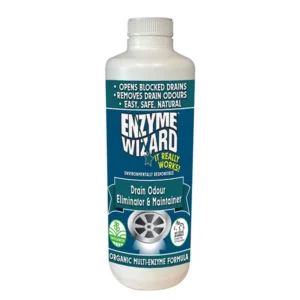
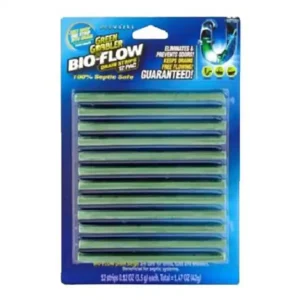
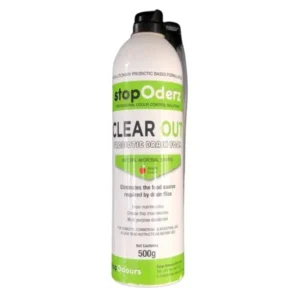
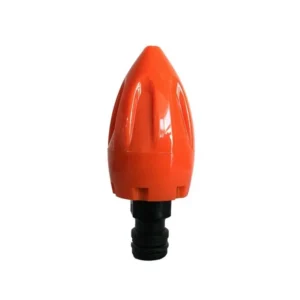
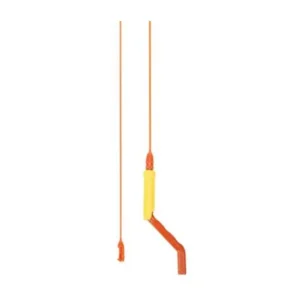
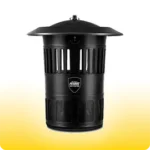 Mosquito Traps
Mosquito Traps